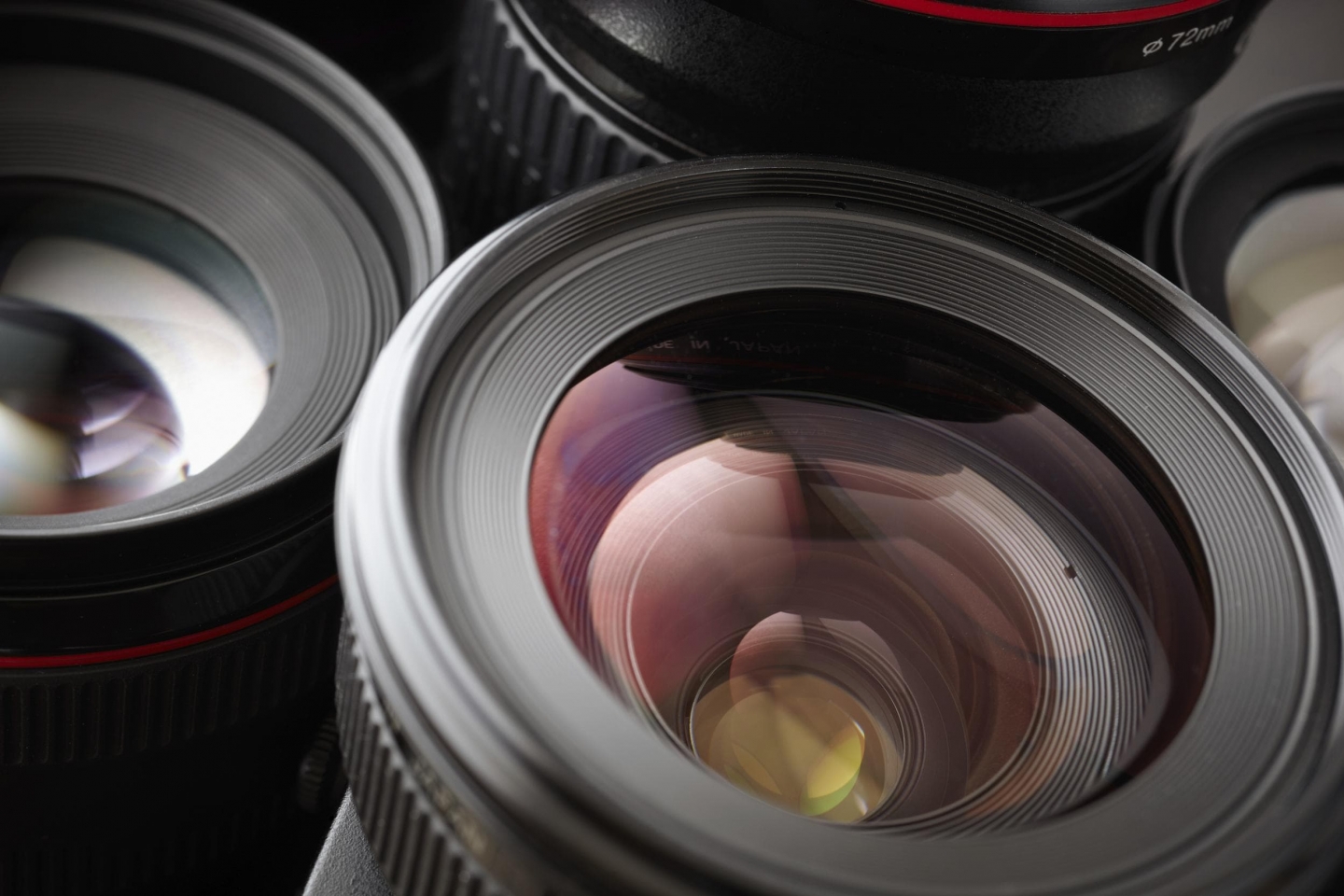solutions
How to Drive Sales With Effective Product Photography
August 4, 2014

As consumers, we love poring through photos, admiring them… that is, until we can’t seem to find the level of detail we’re looking for. On the flip side, as website managers, isn’t it a pain to photograph, upload, and manage all those photos?
Although product photos can seem both cumbersome and even pointless to anyone managing a website or e-commerce business, especially in an era where “content is king,” they are perhaps more important than ever. And until the cost of video production drops or someone invents a 3D product simulation experience, they’ll be the quickest, most inexpensive way for you to convey what you are selling and why it matters to audience.
Here are three ways you can use product photography to improve sales pages, boost conversions, and keep shoppers around longer.
Think One Photo is Enough? Nope
Unless you’re selling brown paper bags or paper clips online, you can’t get away with a single product photo anymore. The novelty of e-commerce has worn off, and it’s time to play hardball. To differentiate yourself, you need to differentiate your products – and that means putting in real effort.
Consumers who are looking to make a purchase, especially if it’s an expensive one, are going to spend time pouring over every detail of your product pages before they make a decision. If you can’t offer the information they need, they’re likely going to leave. This includes photos. What this means is: if there’s any doubt, because of your photos, you’re going to lose a sale.
You should utilize multiple product photos to make these details very clear:
- • The size or scale of your item
- • What is included in the packaging
- • If any assembly is required (consider showing an assembled shot, as well as one of all the pieces/parts)
- • How it looks from all angles
That last bullet point is important, and the one I think is vastly underutilized. It doesn’t take long to photograph your product from a few extra angles, and it can make a huge difference in how it’s perceived by shoppers. For example, Eastern Mountain Sports includes photos of its backpacks from multiple angles, allowing you to count the number of pockets and inspect the padding and support for yourself:

Then there’s Thirty-One Gifts, a company that dares you to say “it’s just a lunch bag!” Their product pages all have something like seven individual photos, which means you will never be surprised by what your new bag looks like on the bottom or laying on its side or inside-out. Did I mention they all zoom in, too? Love it.

If you publish pictures of each of your products, try to include as many shots as is reasonable for you. If you have a complex product, this goes double for you. Can you eliminate confusion by adding more photos, or make details clearer? Give it a shot and let us know how your audience reacts.
Real Photos Make a Real Difference
Have you ever visited an e-commerce website where everything just looked… well, fake? Or browsed a series of similar items – like candles, soaps, or shirts – where it was obvious someone just hopped into Photoshop and played with the color settings until they got the results they wanted?
Online, authenticity sometimes loses out in favor of quick wins. As consumers get savvier, 3D renderings are becoming easier to spot, and that “fake” feeling may drive them away to someone who’s willing to be more “real.” The thought process may be “well, if their images are fake, what does that say about their products? Or their values, or their customer service?”
Of course, “real photographs” alone may not necessarily help your case. Take this eyetracking study, for example. Users reading a Yale School of Management page completely ignored the photo of students on the right side. Why? Because it served absolutely no purpose whatsoever. It also isn’t the most compelling photo, is it?
![]()
When consumers look at products online, they ask themselves the question: “How will this fit into my life?”
So, if you provide them with photographs of a real product in real situations, they are more likely to apply your product to their own situations, needs, circumstances, and so on.
To use an example from real life, when I was looking for a new phone a few months ago, I remember being totally captivated by Motorola’s amazing landing page for the Moto X, which uses 100% real photographs of both the phone itself and in action in the lives of users:

If you’re viewing this landing page asking, “How could this phone improve my life?” or “What makes this smartphone different?” don’t you think it already answers these questions? These photographs tell a much better, clearer story than 3D renders could.
I also always love Old Navy’s efforts to show their clothing on real people rather than mannequins:

It’s so much easier to tell how shirts or pants will “fit” based on how a real person is wearing them, isn’t it?
The Desire is in the Details
My final recommendation for product photography is one I feel very strongly about: detail shots. That is, the close-up photographs of the nitty-gritty little details, things that might get overlooked.
Let’s skip back a bit to the Moto X landing page. If you clicked that link, did you notice the “It just fits” section and the little “M” indent on the back of the phone? When you hold the Moto X, your pointer finger rests there naturally. That is one of my favorite features, but both the copy and the photographs gloss over it. It’s a huge missed opportunity!

By focusing on even small details, you can create desire to learn more, to inspect things very closely. And the closer a consumer gets to your product, the more likely they are to convert.
Here are three of my favorite examples of details that differentiate. Bravelets offers very, very close-up photographs of the finest details from its jewelry line, including the clasp of their necklaces:

CJ Pony Parts shows customers not only what a new Mustang spoiler looks like, but how it will appear mounted on their vehicle from multiple views:

…and IKEA makes its ultra-affordable LACK side table look even more appealing by including three different photos for each and every color and finish variant. IKEA’s attention to detail always amazes me as a consumer.

Does it take time and money to photograph or at least generate very high-quality 3D renderings of these items from different angles and distances? Absolutely.
But consumers appreciate the little details. It can be hard to visualize what a spoiler will look like on your car without an “action shot,” or you may not be able to get over a $42 price tag without realizing that there’s a powerful hidden message on the backside of your necklace.
By investing a little more in your product photography, and focusing on even the smallest details, you can make one more last push to get your visitors to take action. Think about it this way: if it takes $30 to add another ten photos, you’ll need less than a handful of sales to justify that expense. Easy as pie.
![]()
The State of Brand Loyalty in the U.S. in 2023
Related



